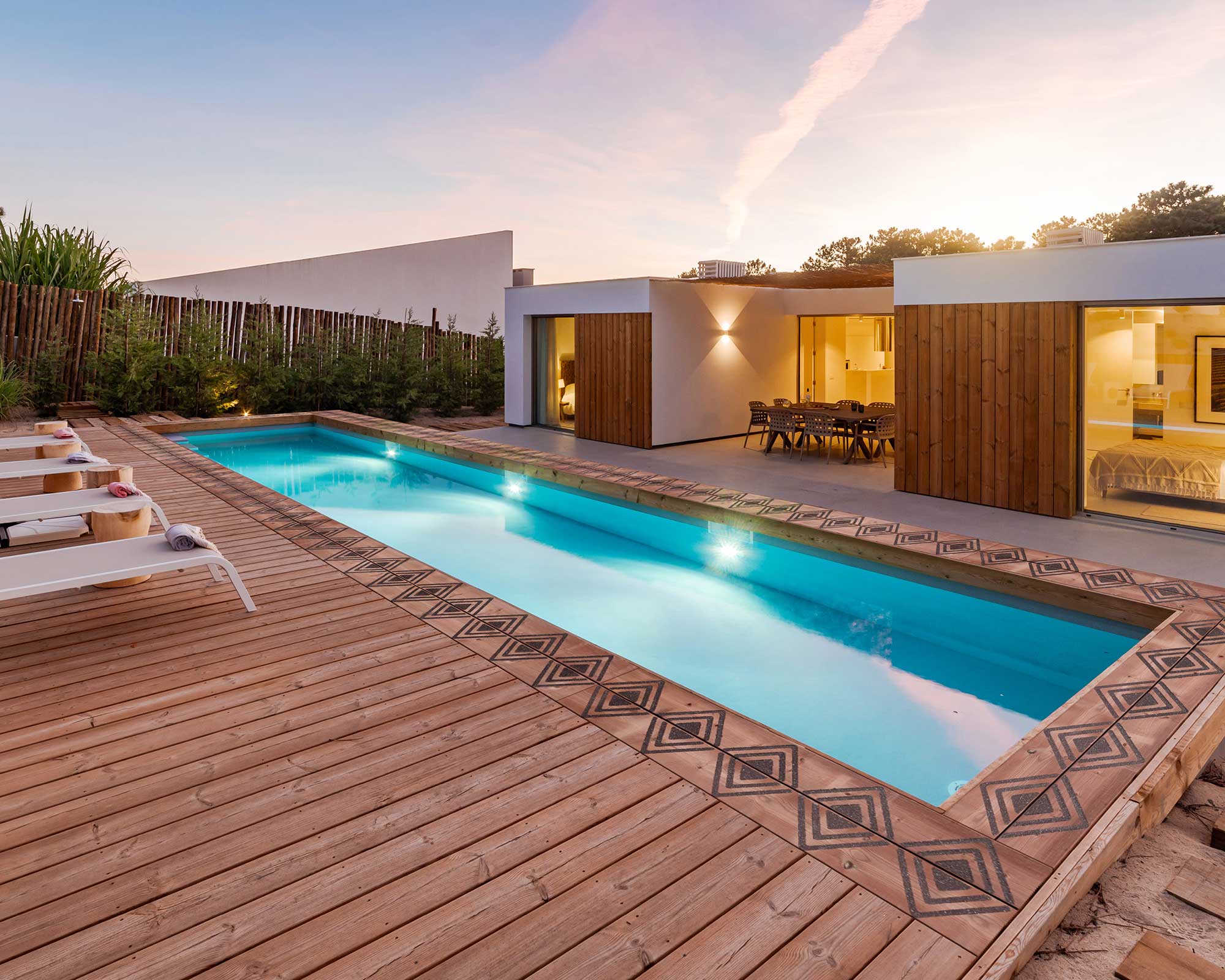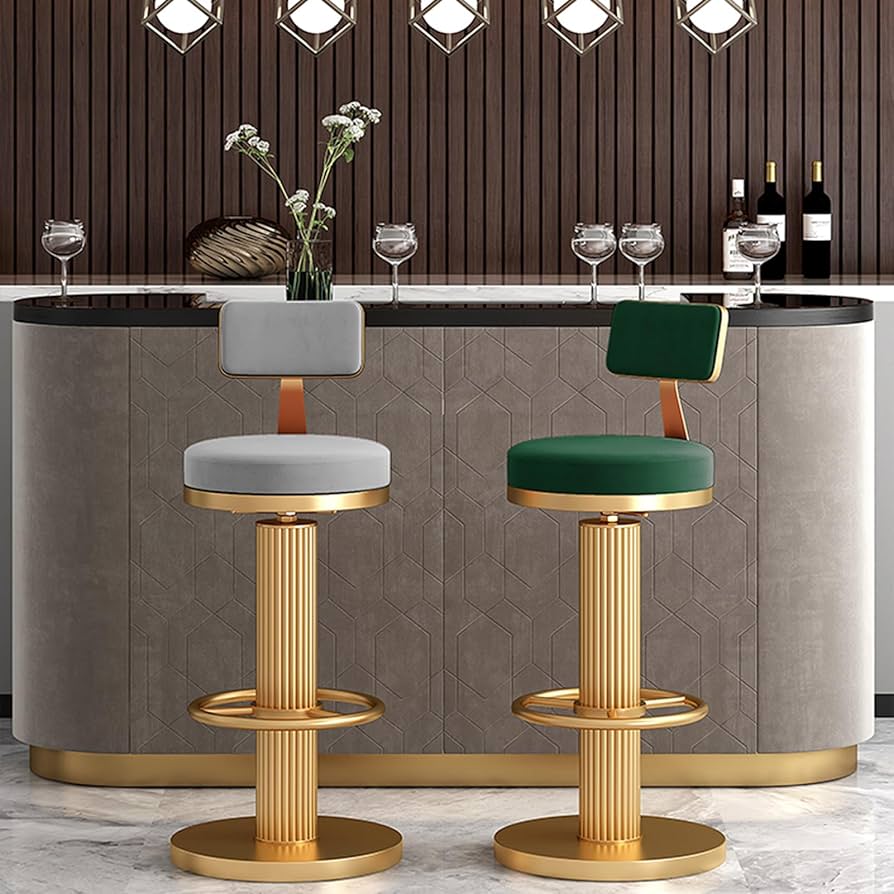Hotel Interior Design Trends 2025
Thứ 6, 15/08/2025
Administrator
100
The year 2025 marks a significant shift in hotel interior design, focusing on sustainable solutions, technology integration, and enhanced personalization. Join Ngoc Hoang Anh as we explore the trends that will define new standards for the hospitality industry.
1. Sustainable Hotel Interior Design
Sustainability has become a core standard in modern hotel design. Eco-friendly materials, green production processes, and energy-saving solutions reduce environmental impact while enhancing brand image and appealing to international travelers.
1.1 Using Eco-Friendly Materials
Modern hotels favor recycled and rapidly renewable materials such as FSC-certified wood, bamboo, natural stone, and organic fabrics. These materials offer aesthetic appeal while reducing carbon emissions during production. Successful projects in Europe and North America demonstrate that sustainability can go hand-in-hand with luxury, delivering a “green” message to guests.
1.2 Optimizing Energy Efficiency
Energy efficiency is a key element of sustainable design. Hotels can implement LED lighting systems, automatic temperature and lighting sensors, and maximize natural light and ventilation through large windows or skylights. These strategies significantly reduce operational costs while improving guest comfort.
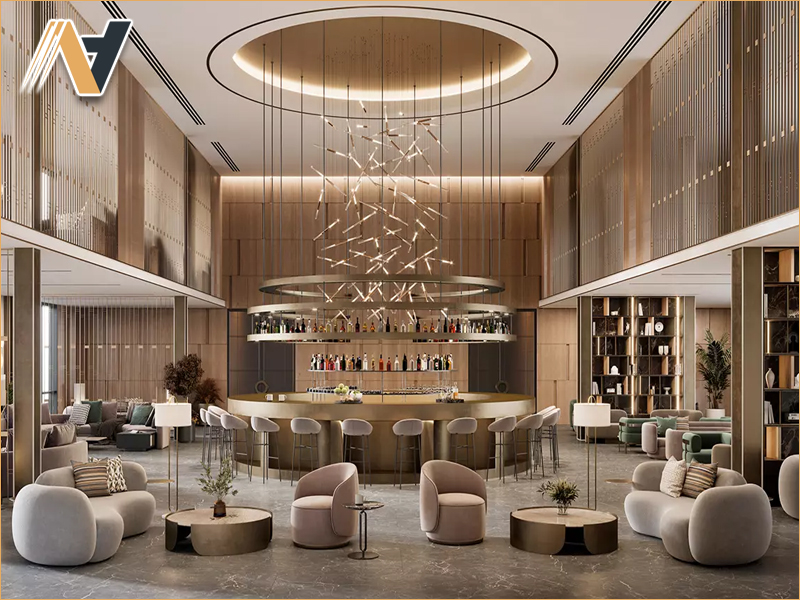
2. Smart Technology Integration in Hotel Spaces
Technology is setting new benchmarks for comfort and modernity in hotels. Integrating smart solutions into interiors not only allows guests to personalize their experiences but also helps investors streamline management and operations.
2.1 Smart Device Control
-
Adjust lighting schedules throughout the day
-
Control room temperature via smartphone
-
Voice-controlled audio systems
-
Integration with hotel management systems
2.2 Entertainment and Utility Integration
-
Smart TVs with built-in streaming apps
-
Touchscreen panels for room service requests
-
Multi-zone audio systems
-
High-speed internet connectivity
2.3 Management and Maintenance Support
Beyond guest amenities, smart technology aids hotel operations. Property Management Systems (PMS) and the Internet of Things (IoT) monitor equipment status, alert staff when maintenance is needed, and track real-time energy consumption. This not only saves costs but also extends equipment lifespan.
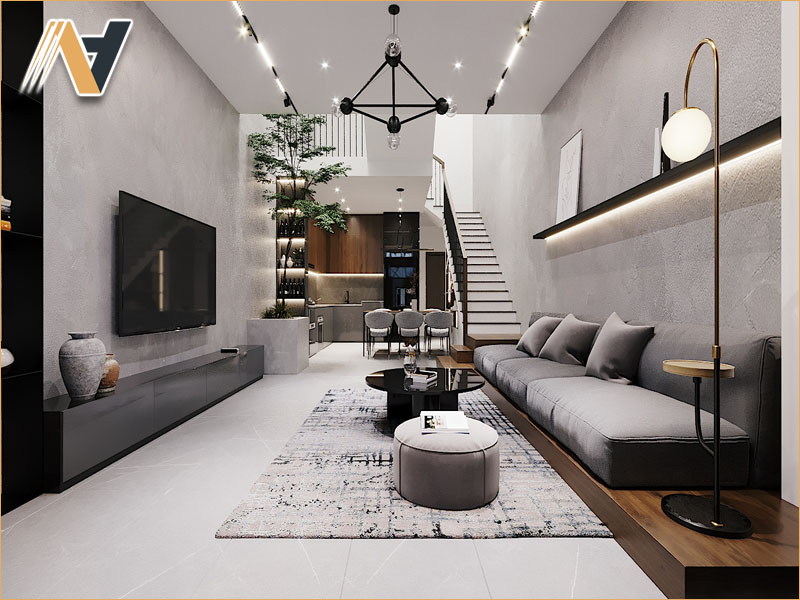
3. Personalized Experience in Design
Today’s travelers expect spaces that reflect their personal tastes. Personalized design helps hotels stand out, improve satisfaction, and build long-term guest relationships, especially in the luxury segment.
Hotels can cater to different guest segments by:
-
Business travelers: Spacious desks, ergonomic chairs, focused lighting, and high-speed internet.
-
Families: Extra beds, mini play areas for children, safety devices, and communal living spaces.
-
Couples: Soft lighting, cozy ambiance, private relaxation areas, or balconies with scenic views.
Incorporating local cultural elements such as art, handicrafts, or traditional patterns also creates unique, emotionally resonant spaces that leave a lasting impression on international visitors.
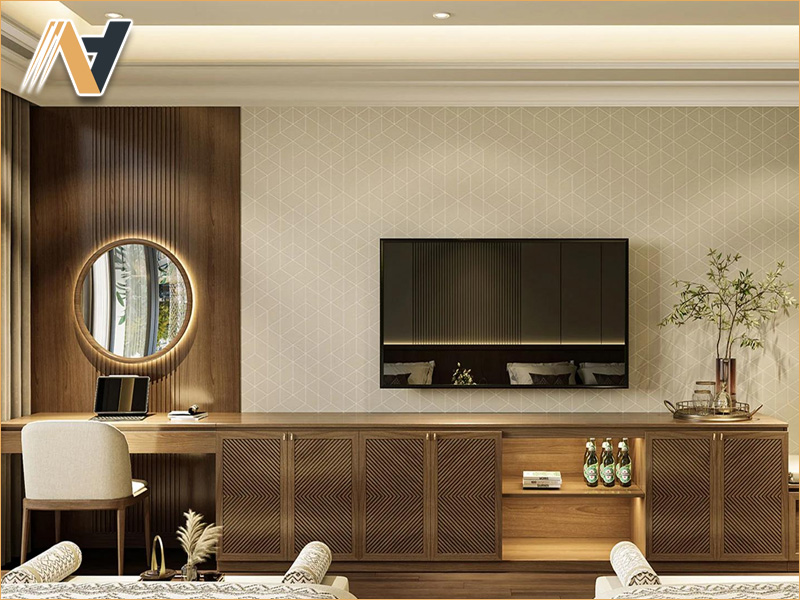
4. The Rise of Luxury Minimalism
Luxury minimalism delivers sophistication and elegance while maintaining functionality and relaxation. This style is favored in high-end hotels, particularly for guest rooms and public areas, creating a refined, modern impression.
4.1 Elegant Colors and Premium Materials
Neutral tones like white, beige, and gray are harmoniously paired with luxurious materials such as marble, walnut wood, and gold-plated metals. This combination creates warmth and elegance, meeting the aesthetic demands of upscale hotels.
4.2 Streamlined Layout and Functionality
Designs remove unnecessary details and focus on each furniture piece’s purpose. A well-planned layout creates an airy atmosphere while emphasizing design precision and providing guests with optimal comfort.
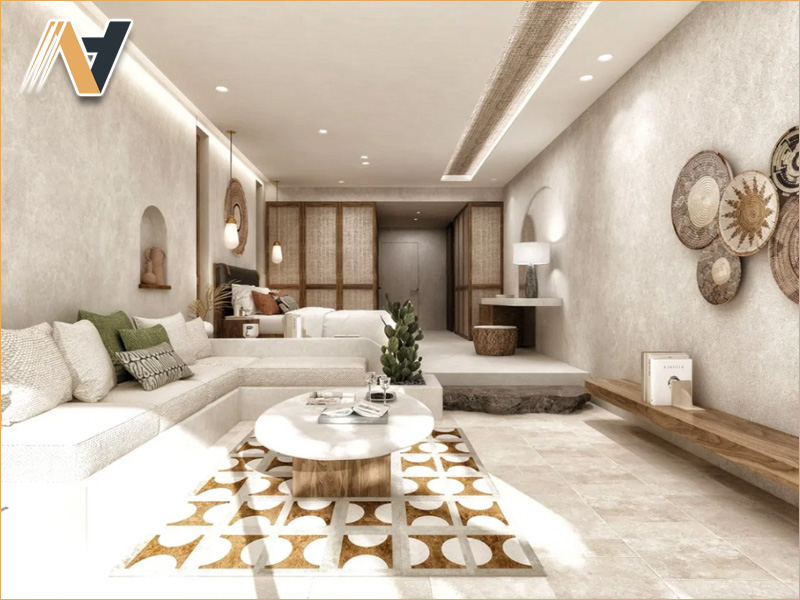
5. Open Spaces and Nature Connection
Open spaces bring a sense of freedom and a closer connection to nature. This design approach leverages natural light, expands views, and integrates greenery into interiors, creating a serene and refreshing retreat.
5.1 Maximizing Light and Views
Large glass windows, spacious balconies, and strategically placed skylights invite natural light and ventilation. This not only brightens interiors but also enhances views of the surrounding landscape.
5.2 Indoor Greenery in Hotels
Elements that enhance aesthetics and air quality include:
-
Water features in the main lobby
-
Green walls in lounge areas
-
Decorative plants in hallways and guest rooms
-
Mini gardens outdoors or on rooftops
5.3 Integrating Scenery into Guest Experience
Open spaces extend beyond views by integrating with guest activities. Outdoor seating areas, infinity pools, and sea-view lounges allow guests to relax while enjoying nature, turning the landscape into an integral part of their stay.
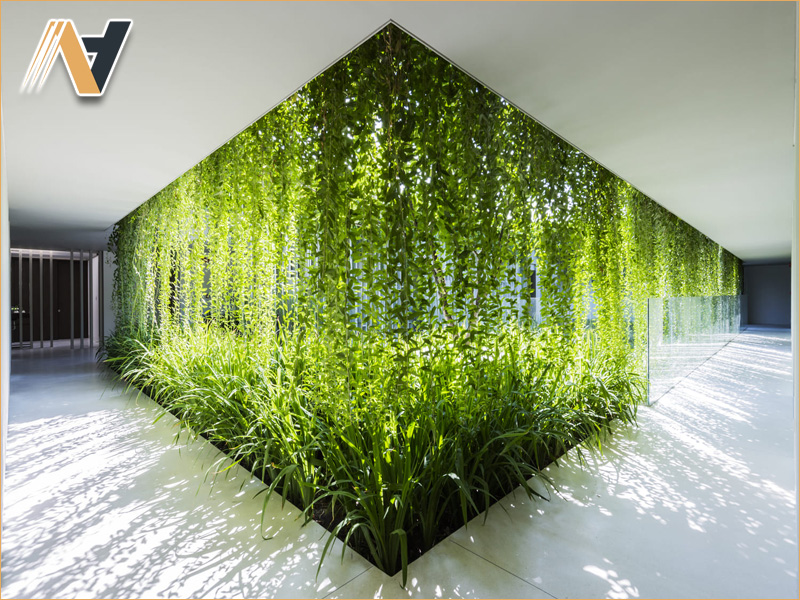
6. Conclusion
The 2025 hotel interior design trends combining sustainability, smart technology, and personalization are shaping the new standards of the hospitality industry. With expertise in Vietnam hotel furniture OEM, Ngoc Hoang Anh partners with investors to deliver tailor-made, premium-quality interiors that reflect your brand’s identity and exceed guest expectations. Contact us today for detailed consultation and pricing to bring your unique hotel space to life.
-----
NGOC HOANG ANH TRADING COMPANY LIMITED
Tax Code: 3702874413
Address: No. 288/28/10 Huynh Van Luy Street, Zone 7, Phu Loi Ward, Ho Chi Minh City, Vietnam
Warehouse: No. 1/91, Thuan Giao 02 Street, Binh Thuan 2 Residential Quarter, Thuan Giao Ward, Ho Chi Minh City, Vietnam
Phone/Whatsapp/Wechat: +84342076666
Email: info@ngochoanganh.com
Website: ngochoanganh.com.vn

